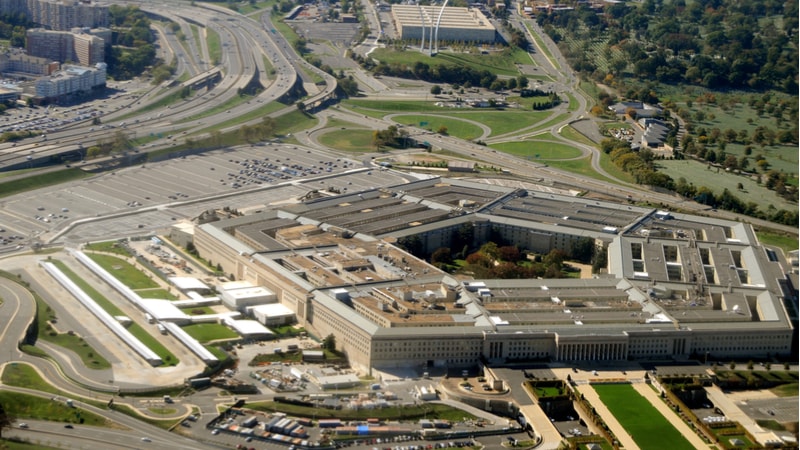
A report issued late last month by the Defense Department (DoD) finds that the U.S. defense industrial base (DIB) is facing an “unprecedented set of challenges” that are eroding the nation’s DIB and manufacturing sectors and threatening DoD’s “ability to be ready for the ‘fight tonight’ and to retool for great power competition.”
The report–which was compiled by the Defense Secretary as a requirement of President Trump’s Executive Order 13806 in July 2017 on assessing and strengthening the U.S. manufacturing and defense industrial base and supply chain resiliency–offers numerous recommendations to improve DIB capabilities including creating “an industrial policy in support of national security efforts,” expanding direct investment in the “lower tier” of the DIB, diversifying away from reliance on foreign suppliers, and continuing ongoing efforts to reduce industrial property theft by China.
Topping the list of challenges under the heading of “macro forces” are the effects of Federal budget “sequestration” efforts aimed at controlling government spending beginning in 2012 but which have eased since then and given DoD what the report called “stable funding” through FY2019.
Also on the challenges list are a decline of U.S. manufacturing capability and capacity primarily in the “sub-tiers” of the defense supply chain, “industrial policies of competitor nations,” and diminishing U.S. science, technology, engineering, and mathematics (STEM), and trade skills workforce.
The report also identified ten “risk archetypes” that flow from the macro forces, including sole and single source suppliers, “fragile” suppliers and markets, supplier markets that are capacity constrained, dependence on foreign-made components, diminished manufacturing and materials shortages, workforce skills gaps, erosion of U.S. infrastructure, and product security.
Heading the list of recommended remedies is creation of national security-supporting industrial policy as outlined in the National Defense Strategy issued periodically by the Chairman of the Joint Chiefs of Staff, “to inform current future acquisition practices.”
Remedies also include expanding “direct Federal investment” in lower-tier DIB players through existing DoD authorities to address manufacturing bottlenecks and help fragile suppliers, and “diversifying away from complete dependency” on supply sources in politically unstable countries who may cut off U.S. access.
The report also features recommendations to work with allies on “joint industrial base challenges,” modernizing the “organic industrial base” to ensure readiness to sustain fleets and meet “contingency surge requirements,” accelerate STEM and “critical trade skills” workforce development efforts,” reduce personnel security clearance backlogs, and “further enhancing efforts to explore next generation technology for future threats.”
DoD’s public report on the recommendations says that a classified action plan directs the agency to “conduct a comprehensive study on the industrial base requirements needed to support force modernization efforts, specifically focused on the technologies necessary to win the future fight.”
The report also recognizes numerous “ongoing efforts” to address DIB challenges including: modernizing the Committee on Foreign Investment in the U.S., which evaluates national security issues of foreign acquisitions of U.S. assets; development of an “adaptive acquisition framework” to improve defense acquisition processes; current work by the White House on creating a National Strategic Plan for Advanced Manufacturing; DoD’s creation of a “cross-functional team for maintaining technology advantage”; and implementation of “a risk-based methodology for oversight of contractors in the National Industrial Security Program, founded on risk management framework principles to assess and counter threats to critical technologies and priority assets.”
